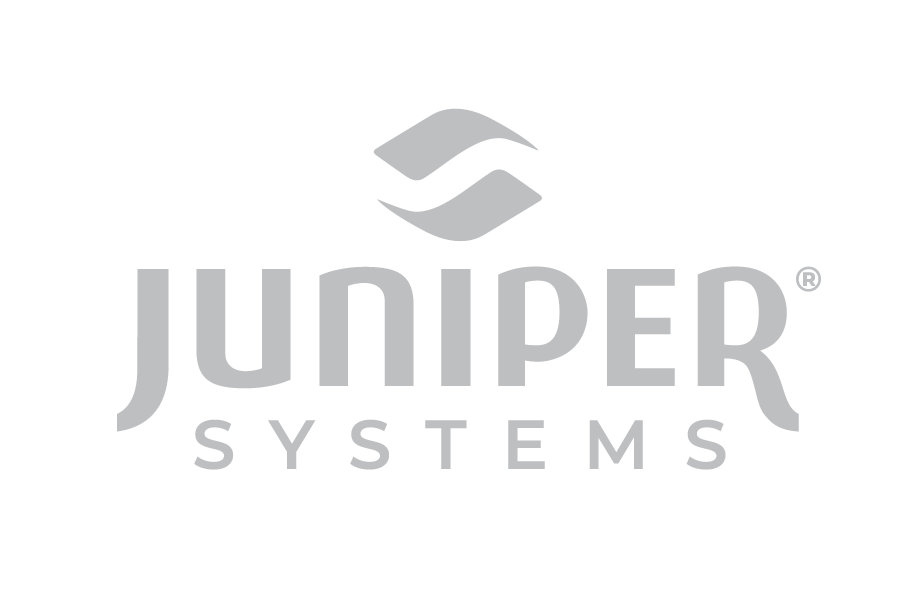
For those of you who are new to the world of RFID and rugged handheld computing, welcome. We hope this post serves as a guide to help you better understand which information collection option best suits the needs of your project. A common question often answered here at Juniper is, “Which RFID frequency should I use?” We want to make sure you’re getting the tools you need, without overpaying for features that won’t be useful in your situation. Because identification readers are used in so many different cases, it’s hard to identify a customer’s exact needs without speaking to them directly. However, we hope these questions serve as a starting point to launch you in the right direction and prepare you to ask the right questions when determining the best option for your project.
1. Do you need the ability to read and write data over a distance greater than ~50 cm?
Yes → UHF might be a better option, allowing you to transfer data over several meters, while HF can only transfer data up to about 50 cm. If you need the ability to read over an even larger distance, UHF long-range RFID would be the best option for you.
No → HF might be better for you because its range is shorter, making it more reliable.
2. Will your RFID tags be placed near liquids, metals, carbon substances, or other dielectric and conducting objects?
Yes → HF would most likely work better because it is less vulnerable to interferences from surroundings. However, there are some manufacturers that have designed UHF tags that will work in these environments as well.
No → HF and UHF would both work well.
3. Do you need to read more than 20 RFID tags at one time?
Yes → UHF might be better for you since it can read up to 200 tags at a time, whereas HF can only read up to 20 tags at a time.
No → Both HF and UHF would work. However, if you’re planning to narrow down on one tag at a time, HF would probably be better since UHF might pick up multiple readings.
4. Will your tags be located in an area with a high amount of Electromagnetic Interference (EMI)? EMI is emitted by motors, robots on assembly lines, conveyors with nylon belts, etc.
Yes → HF would probably be best because it is less susceptible to inaccuracies due to EMI.
No → HF and UHF would both work.
5. Does your application require faster data transfer?
Yes → UHF would probably be better because it transfers data faster than HF.
No → HF and UHF would both work.
6. Are there inhibiting UHF restrictions in your geographic location that would interfere with your use of UHF RFID?
Yes → HF might be better because the same HF technology is accepted worldwide, whereas UHF restrictions vary according to region.
No → HF and UHF would both be fine.
We hope answering these questions provides you with the information necessary to feel a little more confident about frequency options. If you do have any additional questions, we’re all ears. Feel free to visit with members of the Juniper Systems team at RFID Journal LIVE in Phoenix, AZ on May 9-11! You can also give our team a call at 435-753-1881 or ask away in the comments below.
